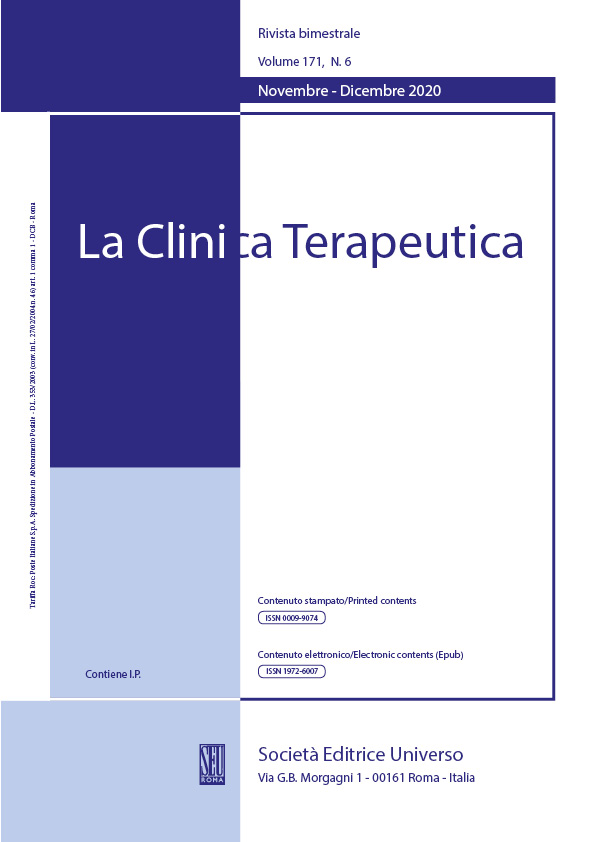Abstract
Background
The problem concerning the activation of the measure of Compulsory Health Treatment (CHT) for subjects suffering from Eating Disorders (ED) represents a legal paradox that places health professionals in the position of frequently doubting the real usefulness of the measure within the hospital context. This issue is mainly related to anorexia nervosa, which puts the subject in a higher life-threatening situation than other EDs.
Method and materials
To outline the current state of the art, the most recent national and international scientific publications concerning informed consent and CHT in EDs were searched. In addition, Italian rulings in various degrees of judgement were evaluated with the suggestion of a possible resolution of these issues.
Results
The analysis of the literature showed that although a multitude of psychometric instruments has been created to identify the ability to give informed consent, there are still not all the elements necessary to identify the actual degree of disease awareness of ED subjects. An important factor could be the exploration of the person's interception, which has been seen to be very high in individuals with AN who are known not to experience the sensation of hunger. At present, reviews of the bibliography and judgments have shown that the measurement of CHT remains crucial if it is intended as a life-saving treatment. However, it is evident that in terms of BMI, CHT is not a definitive intervention and therefore the adoption of this practice is necessary with extreme caution taking into account the person's actual ability to consent.
Conclusions
Future studies will have the task of determining the psychic factors necessary to better understand the state of the person in his or her physical and mental wholeness, giving due weight to these characteristics and orienting knowledge in a practical sense to more profitable direct treatment for individuals with ED.
